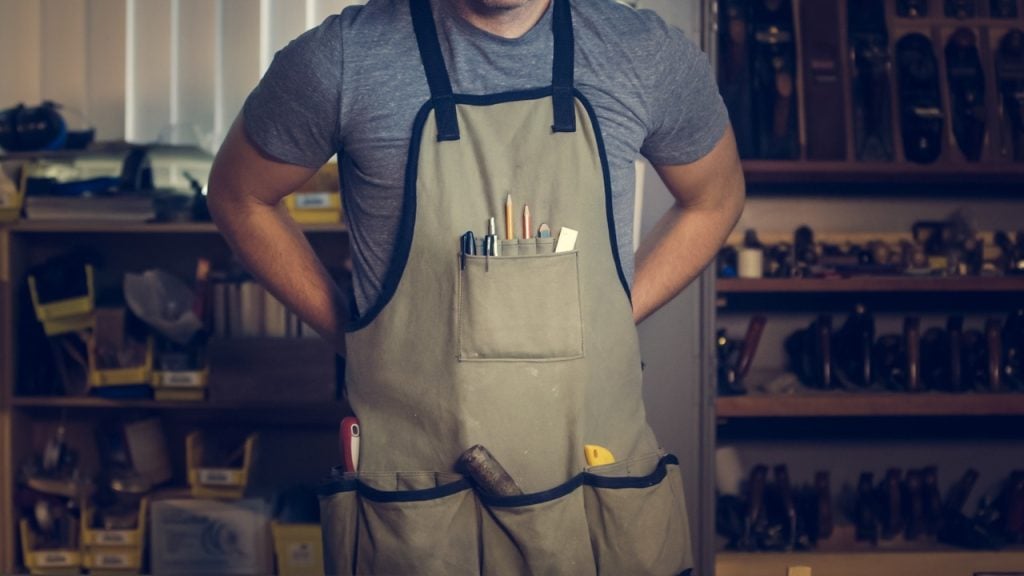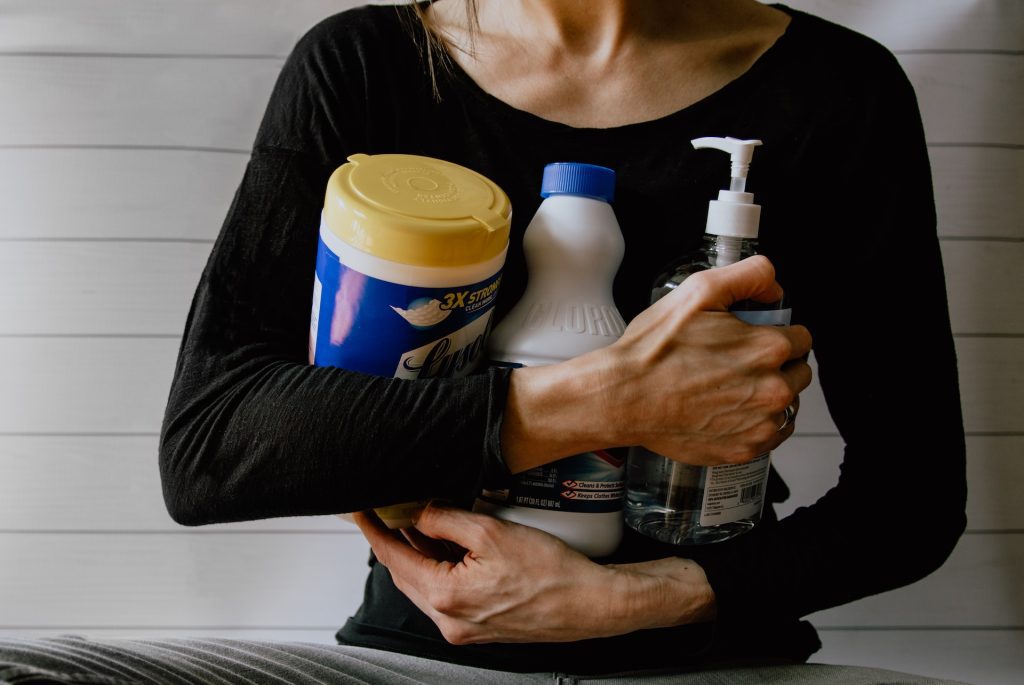Finding the perfect bra isn't just about fashion; it's crucial for your comfort and health. An ill-fitting bra can lead to discomfort, pain, and even long-term health issues. Tight straps dig into your shoulders, underwire can cause irritation, and inadequate support can strain your back and posture. Moreover, poorly fitting bras may affect breast health and circulation.
This blog aims to be your ultimate resource for selecting the right bras, with an extensive guide covering everything from sizing and materials to shopping tips and sustainability. Your comfort and well-being are our top priorities. Welcome to the world of perfect bras!
This blog is aimed to offer a comprehensive guide for buying the best fit bra, ensuring comfort, health, and confidence in your daily life. Let's get started:
Understanding Your Body
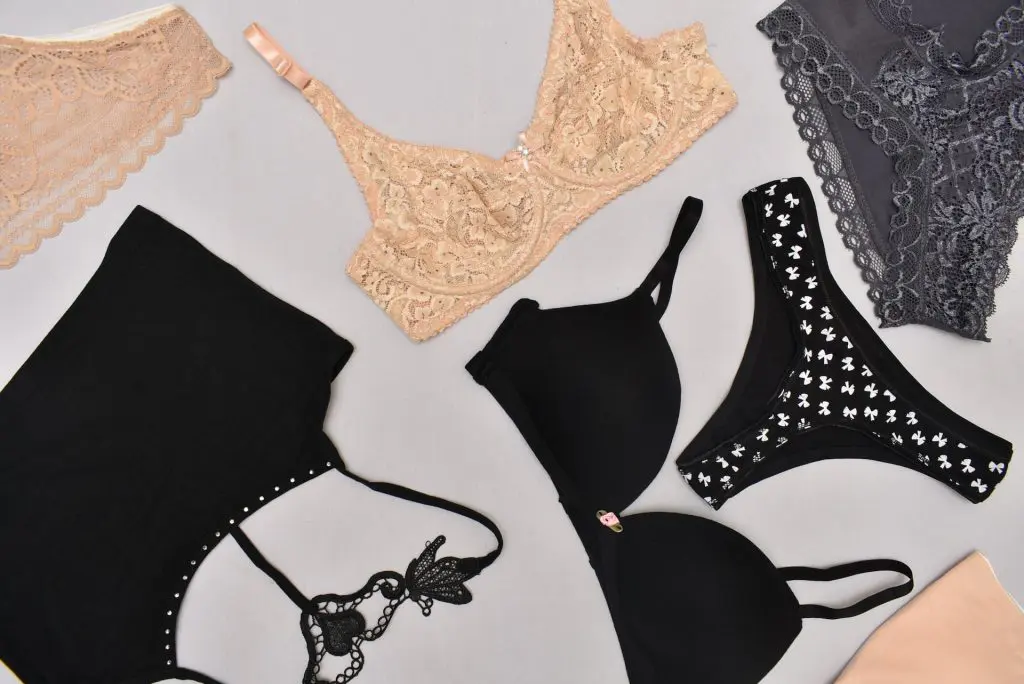
When it comes to finding the perfect bra, one size certainly does not fit all. Your body shape plays a crucial role in determining the right bra for you. Different body types require different styles and support levels.
For instance, a woman with a fuller bust may need more support and coverage, while someone with a smaller bust might prefer a bra that enhances their curves. Body shape also affects how a bra sits on your frame, influencing comfort and aesthetics. Recognizing your body shape is the first step toward selecting bras that not only fit well but also complement your unique silhouette.
How to Measure Your Bra Size Accurately
Measuring your bra size correctly is essential to ensure a comfortable and supportive fit. Here's a step-by-step guide to help you get it right:
- Use a soft measuring tape to measure around your ribcage, just under your bust, while keeping the tape snug but not tight.
- To determine your band size, round up to the nearest even number.
- Measure around the fullest part of your bust while keeping the tape comfortably snug but not too tight.
- To find your cup size, subtract your band size from your bust measurement. Each inch represents a cup size (e.g., 1 inch = A cup, 2 inches = B cup, and so on).
Common Misconceptions About Bra Sizing
- The same bra size will fit in all brands and styles.
- Bras with smaller band sizes are always more supportive.
- Cup size alone determines the bra fit without considering the band size.
- Your bra size remains constant throughout your life; it doesn't change due to weight fluctuations, pregnancy, or aging.
- The number and letter combination of your bra size is the ultimate measure of a well-fitting bra; however, factors like the style and brand also impact fit.
Types of Bras

The variety of bra styles available
The world of bras offers a diverse range of styles to suit different body shapes and fashion preferences. Some common types include:
- T-shirt Bras: Designed for a smooth look under fitted clothing.
- Push-up Bras: Enhance cleavage and provide lift.
- Sports Bras: Offer maximum support during physical activities.
- Strapless Bras: Ideal for off-shoulder or strapless outfits.
- Balconette Bras: Give a flattering lift and shape to the bust.
- Bralettes: Comfortable, wire-free options for a relaxed fit.
- Minimizer Bras: Reduce the appearance of a larger bust.
- Nursing Bras: Designed for breastfeeding mothers with convenient access.
Matching bras to different outfit types
Choosing the right bra for your outfit is essential to achieve a polished and comfortable look. Here are some suggestions:
- V-neck Tops: Wear plunge bras for low-cut necklines.
- Backless Dresses: Opt for adhesive or strapless bras.
- Sheer or Thin Fabrics: Choose smooth T-shirt bras for discretion.
- Halter Tops: Racerback or convertible bras work well.
- Athletic Wear: Prioritize high-impact sports bras for workouts.
- Formal Attire: Strapless or convertible bras for evening gowns.
Specialized bras for specific activities or occasions
Different activities and occasions may call for specialized bras to ensure comfort and support:
- Maternity Bras: Designed for pregnant and nursing women, offering flexibility and easy access.
- Bridal Bras: Strapless, backless, or low-back bras to match wedding gowns.
- Sports Bras: High-impact sports bras reduce breast movement during workouts.
- Post-Surgery Bras: Offer gentle support and comfort for recovery.
- Push-up Bras: Enhance cleavage and provide a confident boost.
- Minimizer Bras: Discreetly reduce the appearance of a larger bust.
Fabrics and Materials for Bras
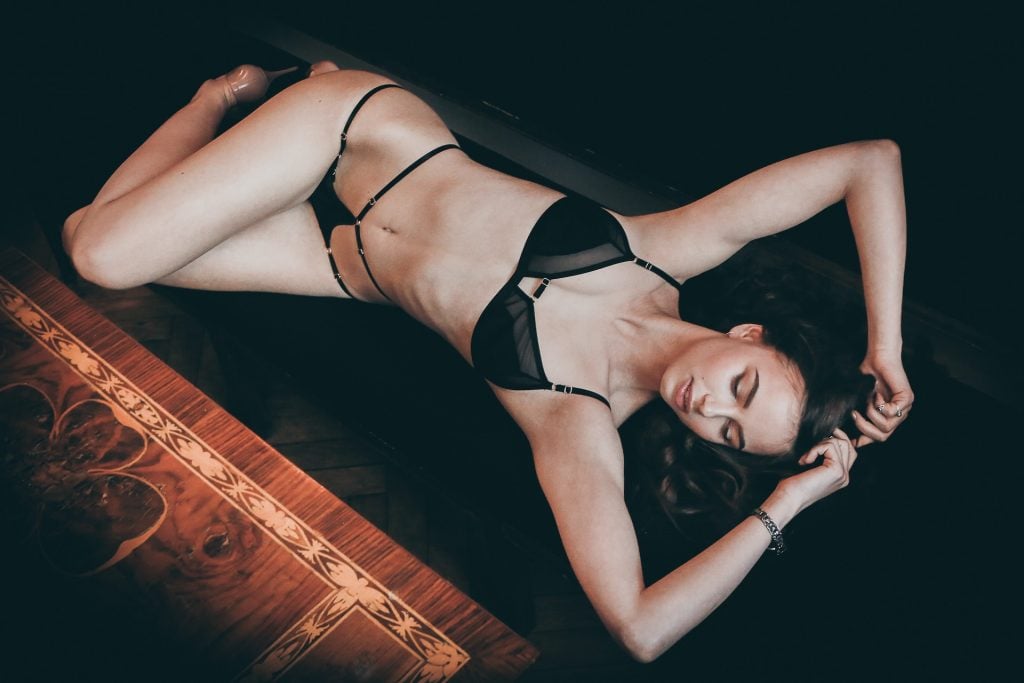
When it comes to bras, the choice of fabric plays a crucial role in determining comfort, durability, and overall feel. Bras are constructed using a variety of materials, each with its own set of pros and cons. Understanding these materials and knowing how to select the right one for your needs is essential for finding the perfect bra.
Different materials used in bra construction:
Cotton: Cotton bras are breathable and comfortable, making them an excellent choice for everyday wear. They are soft against the skin and absorb moisture well.
- Pros of Cotton: Breathable, comfortable, and hypoallergenic.
- Cons of Cotton: May lose shape over time, less supportive than other materials.
Lace: Lace bras are elegant and feminine, often used for special occasions or as fashion pieces. They may not offer as much support as other materials but excel in style.
- Pros of Lace: Aesthetically pleasing, adds a touch of elegance.
- Cons of Lace: May be less supportive and durable compared to other fabrics.
Silk: Silk bras are luxurious and smooth against the skin. They are often chosen for their sensual appeal and are best suited for occasions when comfort takes a back seat to style.
- Pros of Silk: Luxurious and smooth, perfect for special occasions.
- Cons of Silk: Expensive, delicate, and less practical for everyday wear.
Microfiber: Microfiber bras are known for their seamless and smooth appearance under clothing. They provide excellent stretch and are perfect for T-shirt bras or form-fitting outfits.
- Pros of Microfiber: Seamless, smooth appearance under clothing, and offers great stretch.
- Cons of Microfiber: Can sometimes lack the natural feel of cotton.
How to select the right fabric for your needs
Consider your lifestyle, preferences, and the occasion:
- For everyday comfort, cotton or microfiber bras are excellent choices.
- Special occasions may call for lace or silk bras for their aesthetic appeal.
- Athletic activities demand moisture-wicking materials like synthetic blends.
- Consider any skin sensitivities or allergies when selecting fabric.
The right fabric choice ensures your bras not only look good but also feel comfortable, providing the support you need while complementing your style and daily activities.
Features and Support
Understanding underwire vs. wireless bras
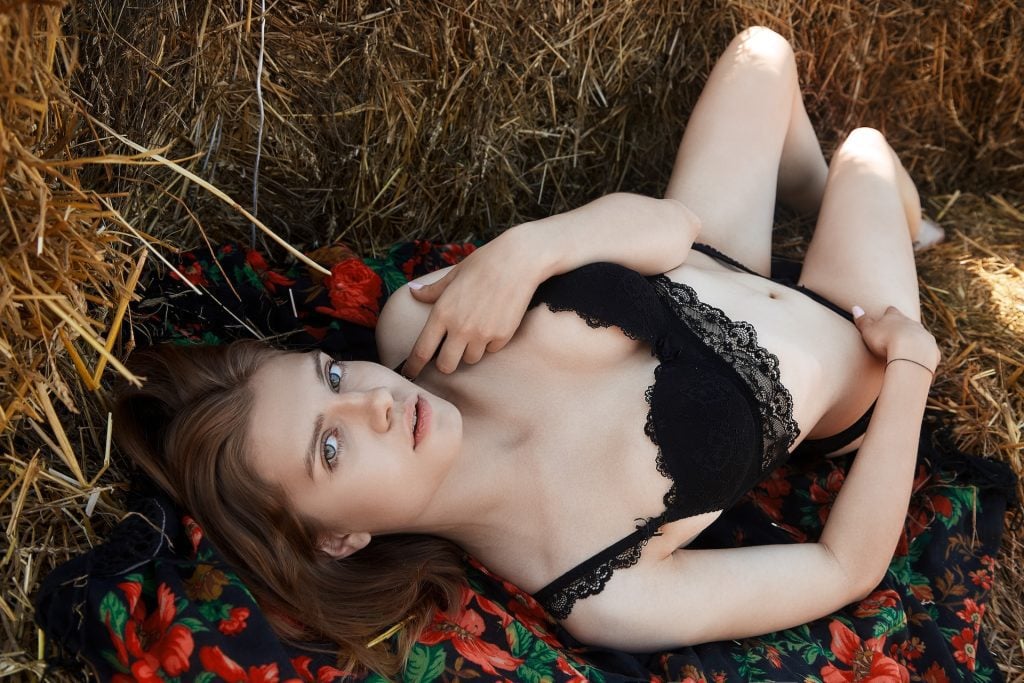
Underwire Bras: These bras include a thin, flexible wire sewn into the underside of the cups. Underwire bras provide excellent support, lift, and shaping. They are ideal for individuals with larger busts who seek added structure and definition. However, if not fitted correctly, underwire bras can sometimes cause discomfort or poke the skin.
Wireless Bras: Wireless bras, also known as bralettes or soft-cup bras, lack the rigid underwire. They offer a more natural, relaxed fit and are typically more comfortable for everyday wear. Wireless bras are suitable for smaller busts or those who prioritize comfort over enhanced shaping.
The importance of straps and their adjustability
Bra straps are vital components for distributing weight and providing lift. Adjustable straps allow you to customize the fit to your unique body shape, ensuring comfort and proper support. Straps that are too tight can dig into your shoulders, causing discomfort, while straps that are too loose may not offer adequate support. Properly adjusted straps maintain the balance of the bra, preventing sagging and ensuring a secure fit.
Signs of an Ill-Fitting Bra
Wearing an ill-fitting bra can lead to discomfort and even health issues. Here are some common signs that your bra doesn't fit properly:
- Straps Digging In: If your bra straps leave red marks on your shoulders or dig into your skin, they may be too tight.
- Band Riding Up: A bra band that rides up your back is a clear indicator of a poor fit. It should sit parallel to the ground.
- Cup Spillage: If your breasts spill over the cups (known as “quad boob”) or there's extra space in the cups, the bra size or style isn't right for you.
- Underwire Poking: If the underwire of an underwire bra digs into your breast tissue or chest, it's a sign that the size or shape is incorrect.
- Back Bulges: A well-fitted bra should provide a smooth silhouette. If you notice bulges or lumps on your back, the bra isn't providing adequate support.
How to Ensure a Comfortable and Secure Fit
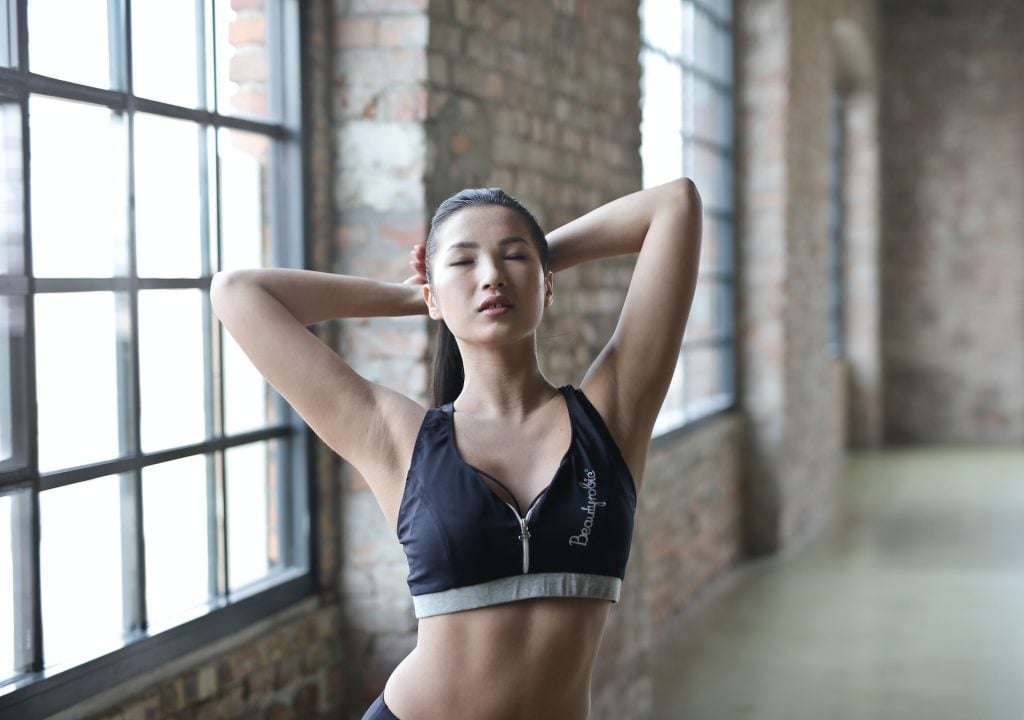
- Measure Regularly: Get professionally measured or measure yourself regularly, as your size can change due to factors like weight fluctuations or pregnancy.
- Try Before You Buy: Always try on bras before purchasing, as sizing can vary among brands and styles.
- Adjust Straps Properly: Ensure your bra straps are snug but not too tight. They should provide support without digging into your shoulders.
- Check the Band: The band should sit comfortably and parallel to the ground. It should offer most of the support, not the straps.
- Center Gore: The center front of the bra (the gore) should lay flat against your chest.
Tips For Avoiding Common Discomfort Issues
- Choose the Right Style: Different styles suit different body types and outfits. Select bras that match your needs.
- Invest in Quality: Quality bras may cost more, but they offer better support and durability.
- Rotate Your Bras: Give your bras a break by rotating them to maintain elasticity and longevity.
- Hand Wash or Use Delicate Cycle: Washing your bras in a lingerie bag on a gentle cycle or handwashing can extend their lifespan.
- Replace When Necessary: Bras lose elasticity over time. Replace them when they no longer provide the support and comfort you need.
Final Words: Sustainability and Ethical Choices
The fashion industry carries a significant environmental burden, making it crucial to consider sustainability when buying bras. Ethical choices encompass fair labor practices, while sustainable options reduce environmental impact. Embrace eco-friendly bras, addressing both concerns for a more responsible and ethical lingerie selection.

